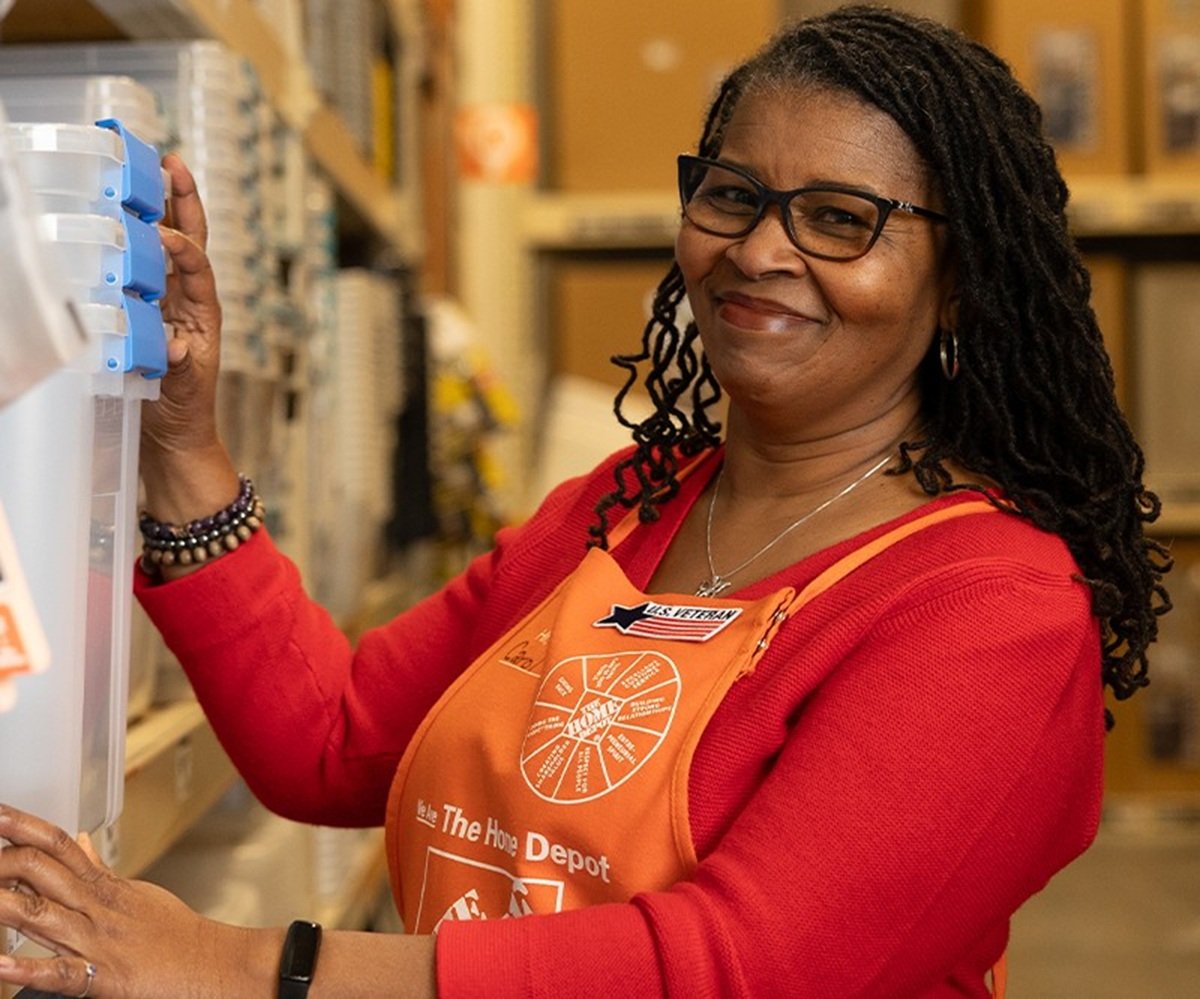Home Depot's (HD +0.65%) recent annual investor conference was packed with valuable information for investors. The home improvement retailer's management team took the opportunity in early December to frame the chain's transition into multichannel selling over the past two years, which has powered massive sales gains while also pressuring profits.
In the investor presentation, Home Depot management said it is expecting those e-commerce investments to peak in 2020, a year that's also predicted to include another market-beating sales increase. Below, we'll look at a few of the key highlights from that chat with shareholders and Wall Street analysts.

Image source: Getty Images.
The big picture
Over the past five years, we have delivered over $25 billion in revenue growth and over $5 billion of net earnings growth. And while we are the number one home improvement retailer across all of our geographies, we represent a relatively small part of a large, fragmented addressable market.
-- CEO Craig Menear
It's no accident that Home Depot is one of the best performers in the entire retailing industry since 2009. The company has consistently gained market share in a quickly growing niche thanks to providing customers a quality shopping experience at competitive prices. Executives pointed to the $25 billion that the chain has added to its annual sales base in just the last five years as strong evidence of Home Depot's formidable competitive assets.
Yet the industry leader in the U.S., Canada, and Mexico still has lots of room to run, management said, as it accounts for only about 15% of the $650 billion market opportunity in its home country alone. The retailer is expecting to add a further $9 billion to its annual revenue base by the end of fiscal 2019.
You can't beat our stores
Our 2,291 stores across North America are the hubs of our customer experience and with 90% of the population living within 10 miles of a Home Depot store, they provide us with a structural advantage that will likely never be replicated.
-- CFO Richard McPhail
Home Depot is the fifth largest e-commerce seller in the country and counts about 10% of overall sales as coming from that channel. Its massive store network is a big factor behind that success, though, since roughly half of all online orders are picked up at stores.
That helps explain why, like Target, the company has been pouring cash into remodeling its shops so that they wow shoppers with quality customer service. "Customers are consolidating the number of retailers they visit," Menear said, "so delivering convenience and value through a personalized, interconnected experience is critical."
Home Depot has spent tons of cash supporting that interconnected retailing experience over the last two years. That annual investing level will peak in 2020 when cumulative store investments pass $5 billion. Yet the company is simply building on its competitive assets, executives said. "It's important to remember that these investments are designed to extend advantages that we already enjoy," McPhail explained.
Looking ahead
We build our preliminary outlook for the year on the foundation of a supportive environment for growth in 2020. The U.S. consumer is healthy, and the housing environment is stable and provides support for home improvement demand.
-- McPhail
Home Depot is predicting another record sales year in 2020 -- but with two important caveats. First, comparable-store sales gains might hold steady as comps come in between 3.5% and 4% compared to 3.5% in 2019 and over 5% in each of the two prior fiscal years. The retailer also sees operating margin falling to around 14% from near 15%, mainly because of the aggressive investments detailed above.
The good news is that this investment pace, which has been double its normal annual rate, will retreat after 2020. Assuming generally positive economic conditions, that would pave the way for accelerating earnings gains for the consumer discretionary stock in 2021 and beyond.






